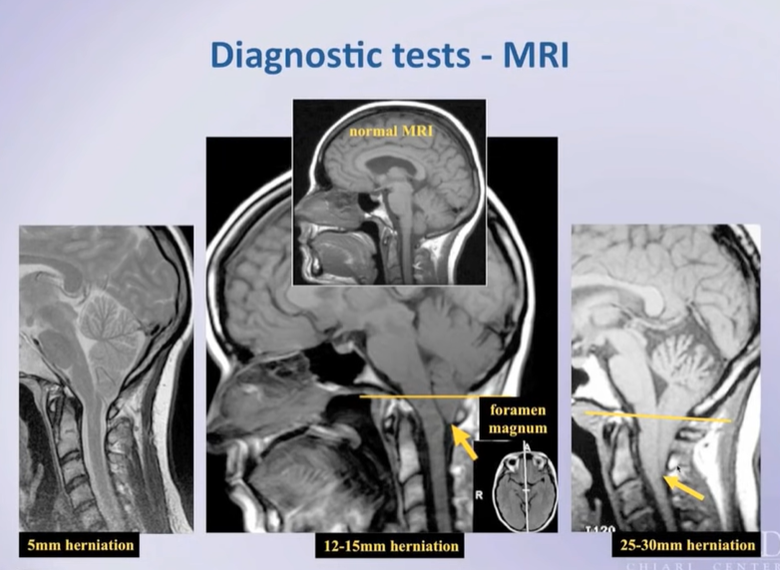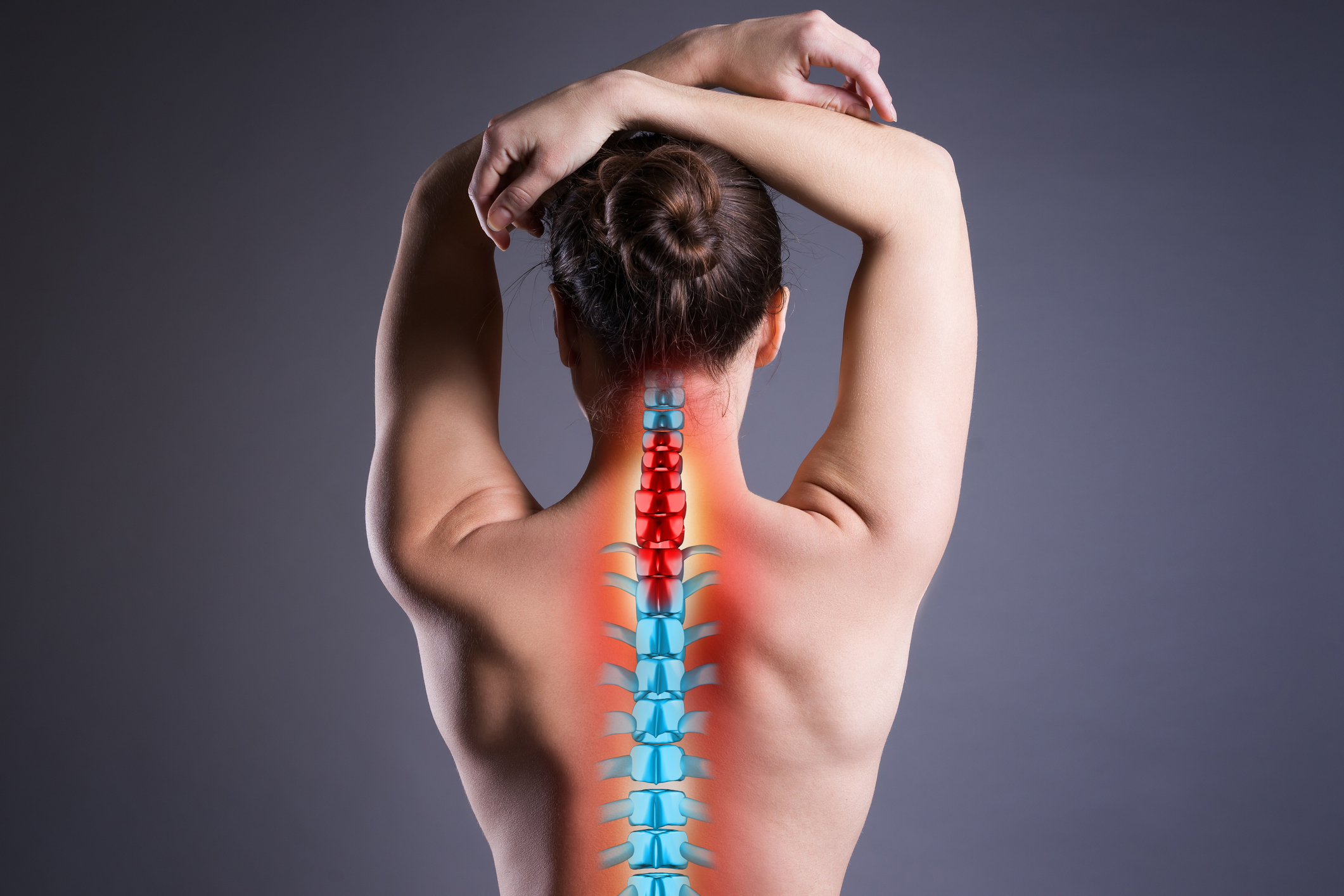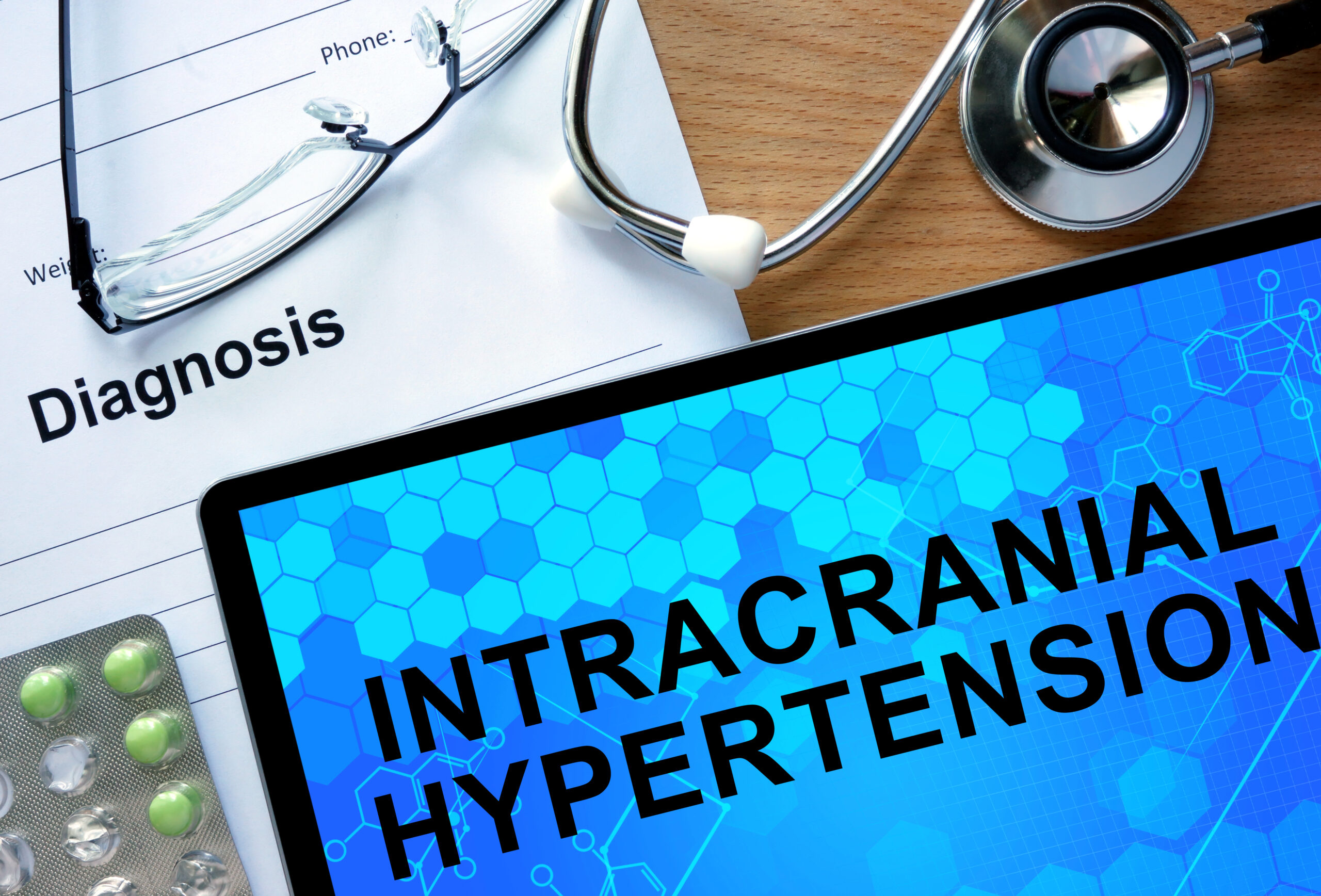Now live! RTHM Direct – simplified medication access for Long COVID, ME/CFS and related conditions. Check it out
Many patients with Long COVID or ME/CFS experience a wide range of symptoms that can include headaches, muscle weakness, trouble with fine motor skills, and much more. These symptoms may be related to COVID or ME/CFS directly, but in some, they could be due to a structural defect they were born with and are only now experiencing symptoms. Chiari malformations are structural defects that allow the cerebellum and parts of the brain stem to drop through the base of the skull and into the spinal canal, often resulting in a wide range of symptoms. This condition can be difficult to diagnose and is often misdiagnosed as other conditions, such as multiple sclerosis (MS) and ME/CFS.
Here we take a closer look at Chiari malformation and the symptoms that patients may experience, as well as how these conditions are diagnosed and the potential treatment options.
What is Chiari Malformation?
Chiari malformation is a structural defect that most often occurs during fetal development but can be acquired later in life due to trauma or illness. These defects can include a larger-than-normal opening or the underdevelopment of a part of the skull that pushes on the brain and forces the cerebellum downward into the spinal canal, often blocking the normal flow of cerebrospinal fluid. In those with the most common form, symptoms may surface and, unless found when looking for other conditions, you may never know that you have a Chiari malformation.
Classifying Chiari Malformation
As mentioned above, Chiari malformation (CM) can be the result of complications during fetal development, known as primary or congenital CM. Secondary, or acquired CM, is less common and occurs as the result of a disease, infection, or a traumatic injury that causes excess spinal fluid leaks, primarily in the lower back or chest areas. In addition to these differences, Chiari malformations are also divided into four classifications.
- CM Type 1 – This is the most common Chiari malformation and involves the lower part of the cerebellum, known as the cerebellar tonsils, pushing down into the foramen magnum. In many cases, this form does not produce symptoms and is only discovered in the process of looking for other conditions. As you age, this form may begin to develop symptoms. CM type I may either be primary or secondary.
- CM Type II – This is known as classic Chiari malformation, or Arnold-Chiari malformation, and is diagnosed when both the cerebellum and the brain stem push into the foramen magnum. In the case of type II, you will usually see myelomeningocele, a form of spina bifida. Symptoms usually begin in early childhood and are often worse than those seen in type I.
- CM Type III – This type of malformation occurs when the cerebellum and brain stem protrude through an abnormal opening in the skull. This is the most serious form, with symptoms developing in infancy and often causing life-threatening complications.
- CM Type IV – This rare form of Chiari malformation occurs when there is an incomplete or underdevelopment of the cerebellum.
Common Symptoms
Common symptoms experienced with Chiari malformation can include:
- Headaches near the back of the head, often brought on by coughing or sneezing
- Pain at the back of the neck
- Balance problems
- Trouble sleeping, including sleep apnea
- Difficulty swallowing
- Numbness in the arms, hands, legs, and feet
- Cognitive dysfunction
- Trouble with vision
- Increased fatigue
- Dizziness
- Trouble swallowing
- Scoliosis or curvature of the spine
- Tinnitus (ringing or buzzing in the ears)
How Is Chiari Malformation Diagnosed?
Chiari malformation is diagnosed through magnetic resonance imaging (MRI) that shows the abnormal protrusion of the cerebellum and brain stem, as can be seen in the image below. In many cases, patients receive a Chiari diagnosis when they undergo an MRI for other possible concerns. If you receive a Chiari diagnosis, it is important to meet with a neurosurgeon, even if you are not experiencing any current symptoms.
Treatment Options
When Chiari Malformation Type I is diagnosed, treatment typically begins with an evaluation by a neurosurgeon. In cases where the CM was discovered during an MRI for another condition and the patient is asymptomatic, the neurosurgeon is likely to recommend regular monitoring and testing. While Type I Chiari is rarely progressive, symptoms can develop later in life.
For those with symptomatic Type I Chiari Malformation, the standard treatment option is a surgical procedure called decompressive suboccipital craniectomy and cervical laminectomy. This procedure removes a small piece of the skull, and, if necessary, opens the tissue that protects the brain and spinal cord, known as the dura. This helps to reduce or eliminate the pressure on the spinal cord and offers symptom improvement.
Chiari Malformation, ME/CFS, and Long COVID
RTHM’s Co-Founder and Chief Medical Officer, Dr. Jennifer Curtin sat down with Gez Medinger to discuss Chiari Malformation and other common structural disorders and how these conditions seem to be very common in those with ME/CFS and now in those with Long COVID. Listen to Dr. Curtin explain these conditions and how they relate to each other in the links below.
The Role of CCI, Chiari, and Tethered Cord in Long COVID
Do You Have CCI, Chiari, or Tethered Cord? The Symptoms to Look Out for with Long COVID or ME/CFS
Diagnosis and Treatment of CCI, Chiari & Tethered Cord in Long COVID and ME/CFS

Get updates
Join our mailing list




